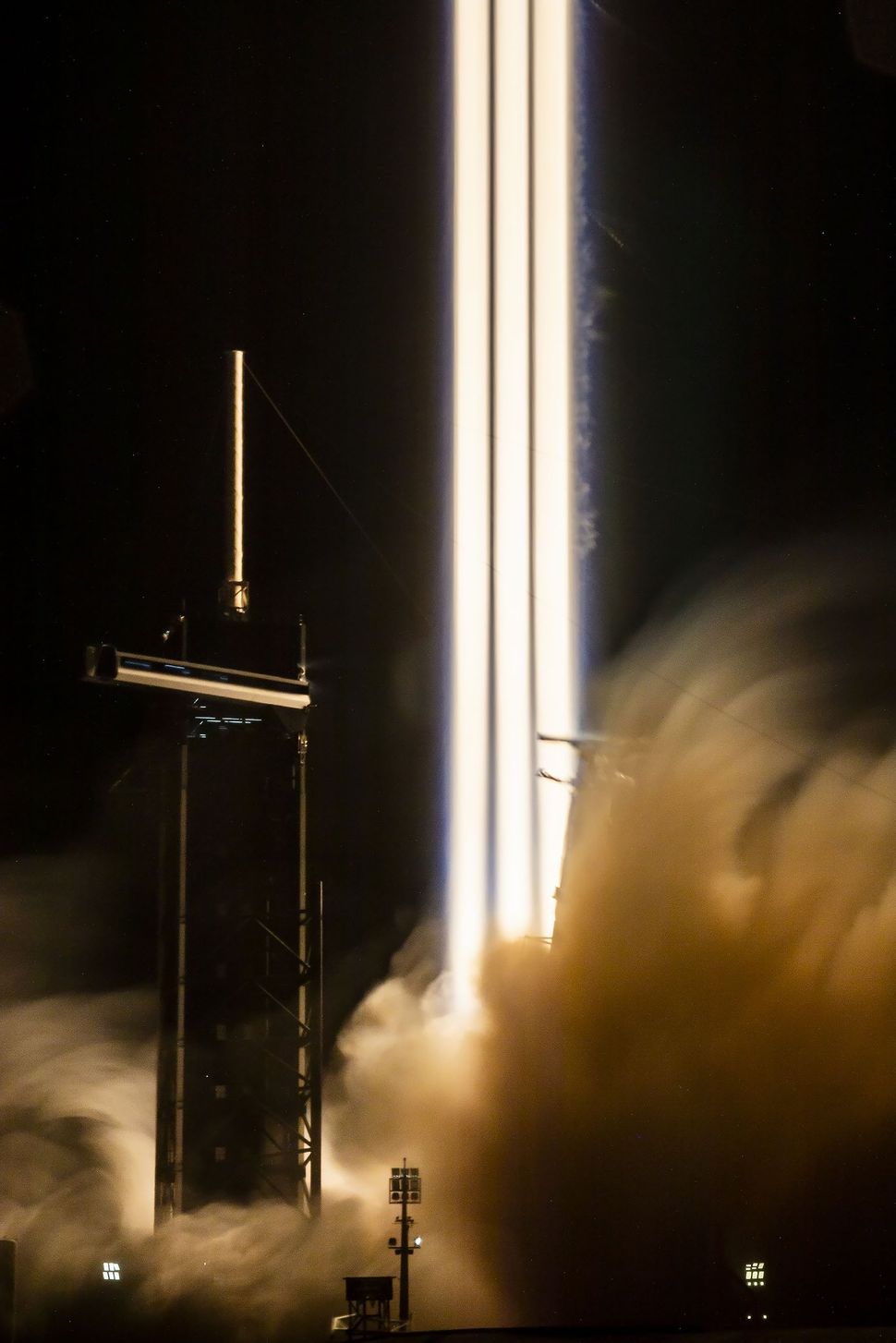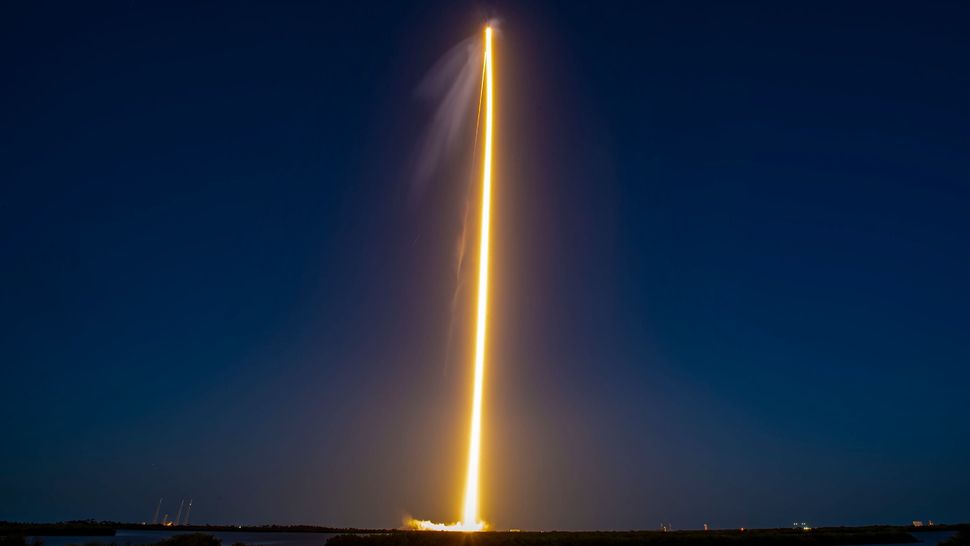SpaceX has been leading the space industry in recent years with their innovative rockets and spacecraft. One of the most powerful rockets in their arsenal is the Falcon Heavy, which has recently made its sixth liftoff on April 30, 2023. The launch was a success, and the Falcon Heavy put three satellites into orbit. Let's take a closer look at the details of the launch and its significance.
The Launch: A Photogenic Display of Power
The Falcon Heavy rocket took off from NASA's historic Kennedy Space Center in Florida at 8:06 p.m. EDT (0026 GMT) on April 30. It was a breathtaking sight as the rocket painted a bright orange vertical trail through the blue sky over Florida. SpaceX shared incredible images on Twitter that captured the moment the rocket left the launch pad and flooded the area with dense smoke.
The Falcon Heavy was originally scheduled to take off on April 27, but it was scrubbed due to a storm that brought hail, tornados, and even a direct lightning strike on the launch pad. It was then rescheduled for April 28, but SpaceX canceled the launch for undisclosed reasons. Fortunately, the weather conditions on April 30 were favorable, and the Falcon Heavy successfully took off.
The Payload: Three Satellites for Communication
The primary goal of the Falcon Heavy mission was to put three satellites into orbit. The main cargo was the 14,000-pound (6,400 kilograms) broadband satellite, ViaSat-3 Americas. This all-electric satellite is operated by California-based company Viasat and is one of three satellites in a constellation that will increase internet network coverage and capacity.
The other two satellites carried by the Falcon Heavy were also focused on communications. The small Arcturus communications craft is set to provide data to Alaska and surrounding regions, while the tiny GS-1 CubeSat will provide communications for Internet of Things (IoT) applications.
The Journey: A Stunning SpaceX Video
The story of the Falcon Heavy's journey didn't end with the launch. A stunning SpaceX video showed the separation of the rocket's stages as seen from space. The video also captures the moment that the second stage's engines underwent ignition. This maneuver is critical for safely dropping off the payload in orbit.
The Recovery: Boosters Not Recovered
Although the three first-stage boosters of the Falcon Heavy are designed to be reusable, none were recovered after this particular launch on April 30. This is because they lacked the fuel needed to safely get them to perform a vertical touchdown back on Earth's surface after carrying such a heavy payload to orbit. SpaceX has been making strides in reusable rockets to make space travel more cost-effective and sustainable.
The Significance: The Power of SpaceX
The Falcon Heavy has been SpaceX's most powerful rocket for half a decade since its first launch in 2018. However, on April 20, 2023, SpaceX launched the Starship rocket, which surpassed the Falcon Heavy in power. The Starship rocket has 33 Raptor engines that grant it a tremendous 16.6 million pounds of thrust on blast-off. The first flight of the Starship ended after four minutes when the rocket exploded, but Elon Musk said that Starship should be ready for its next launch in six to eight weeks.
SpaceX continues to push the boundaries of space travel and exploration. With the Falcon Heavy and Starship rockets, they have shown that they are at the forefront of rocket technology. The successful launch of the Falcon Heavy on April 30 is another milestone in SpaceX's journey towards making space travel more accessible and sustainable.
 |
| SpaceX's Falcon Heavy takes off from Kennedy Space Center in Florida on Sunday, April 30. (Image credit: SpaceX via Twitter) |
 |
| SpaceX tweeted this photo of the launch, writing that "Falcon Heavy’s 27 Merlin engines together generate more than 5 million pounds of thrust at liftoff." (Image credit: SpaceX via Twitter) |
 |
| A plume of exhaust gases expands in the atmosphere, lit up by Falcon Heavy's engines. (Image credit: SpaceX) |
 |
| A timelapse photo showing the flight of SpaceX's Falcon Heavy taking off from Kennedy Space Center in Florida on Sunday, April 30. (Image credit: SpaceX via Twitter) |
Falcon Heavy launches @ViasatInc’s ViaSat-3 Americas mission to orbit pic.twitter.com/H87z3rmuBp
— SpaceX (@SpaceX) May 1, 2023



0 Comments